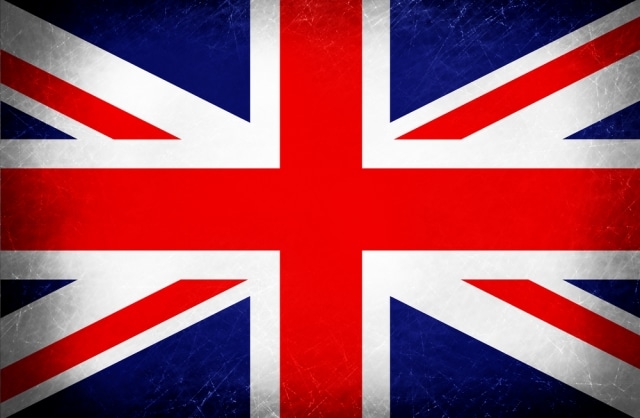To date, opposition to hydraulic fracturing (“fracking”) for unconventional oil and gas in the United Kingdom (UK) has been fierce. The opposition, though, seems to be meeting deaf ears in England, according to recent news reports.
Bloomberg reported on Dec. 4 that England’s Energy Secretary, Ed Davey, wants to lift the country’s currently exisiting moratorium on fracking. The halt was put in place after drilling sites owned by Cuadrilla Resources caused two minor earthquakes in northwestern England in November 2011.
England’s Chancellor of the Exchequer (a position equivalent to the Secretary of the Treasury in the United States), George Osborne, is set to release Britain’s new energy plan on Dec. 5 and told Bloomberg he wants to ensure “Britain is not left behind” in the unconventional oil and gas boom.
“Cuadrilla estimates that the area it is exploring in Lancashire, in northwestern England, could contain 200 trillion cubic feet of gas—more gas than all of Iraq,” explained Bloomberg. John Browne, the scandal-ridden former CEO of BP, sits as the Chairman of the Board of Directors of Cuadrilla.
Osborne, The Independent recently reported, will also offer tax breaks to oil and gas corporations hungry to profit from England’s shale gas prize.
“Mr. Osborne hopes that tax breaks for shale gas extraction will encourage investors and help economic growth,” The Indepedent wrote. “Oil and gas are currently taxed at between 62 per cent and 81 per cent. Shale gas would be taxed at lower rates.”
An astounding 64-percent of the English countryside could soon be subject to fracking, which is over 34,000 square miles, according to The Independent.
Fracking in Ireland on Hold For Now
England’s neighbor to the west, Ireland, also sits on massive reserves of unconventional oil and gas yet to be tapped.
A recent independent assessment, according to The Financial Times, estimates Ireland’s stockpile of shale gas at up to 13 trillion cubic feet of technically recoverable gas. The Marcellus Shale, by comparison, which sits predominantly in Pennsylvania and New York, has 84 TCF of shale gas according to the most recent estimates by the United States Geological Survey (USGS).
Estimates of technically recoverable shale gas have proven controversial in the United States, though, with critics such as Bill Powers, Art Berman, Deborah Rogers, and Food and Water Watch all saying actual production rates have proven far lower than the estimations on what’s technically feasible. This ongoing trend, these critics say, portends the bursting of the “shale gas bubble” akin to the bursting of the “housing bubble” in 2008.
Ireland’s Environmental Protection Agency is set to publish a report on the potential ecological risks of fracking in the country by 2014 and until then, the Irish ban on fracking will remain in place.
The question still remains: Is there as much gas under the ground in The Emerald Isle as the industry currently boasts of? The answer: Not likely.
Image Credit: Shutterstock | DT10
Subscribe to our newsletter
Stay up to date with DeSmog news and alerts






